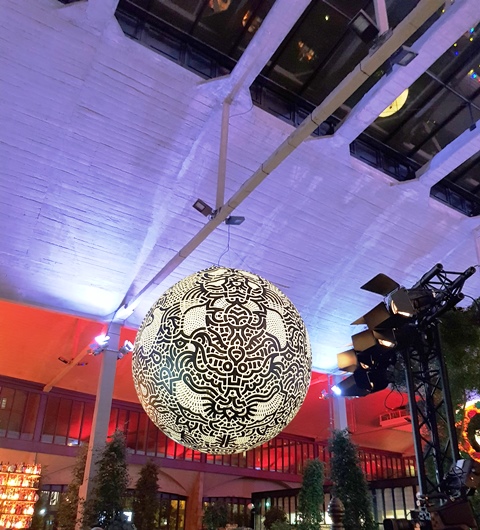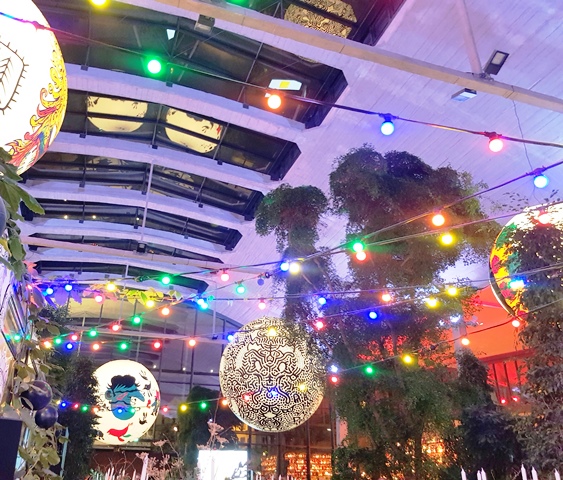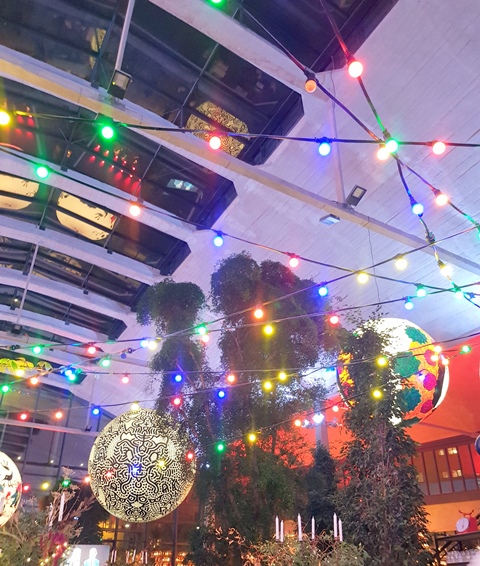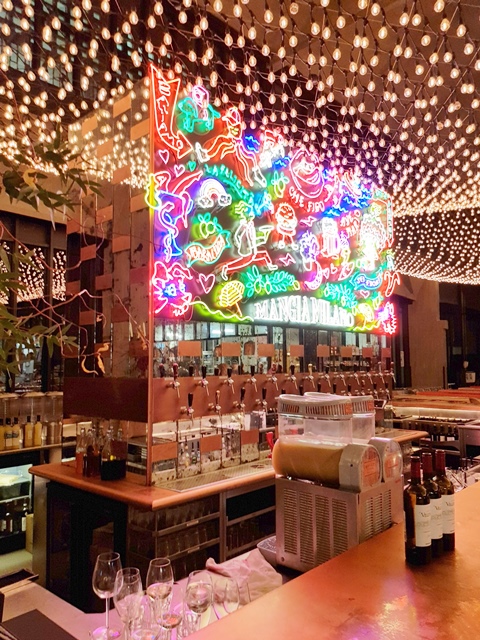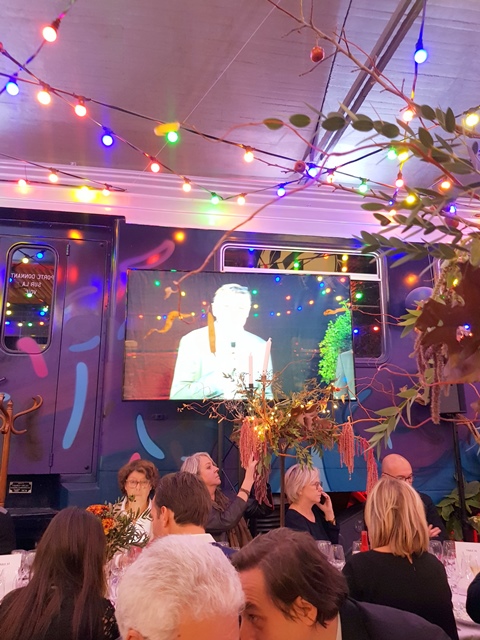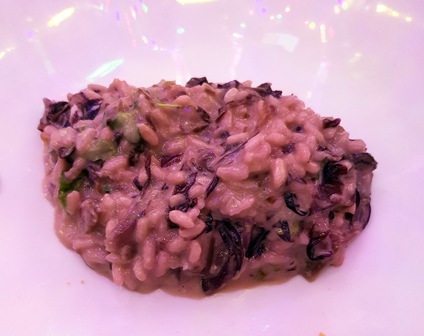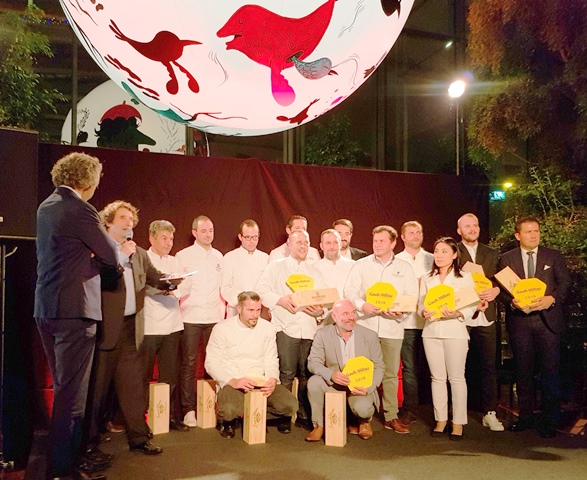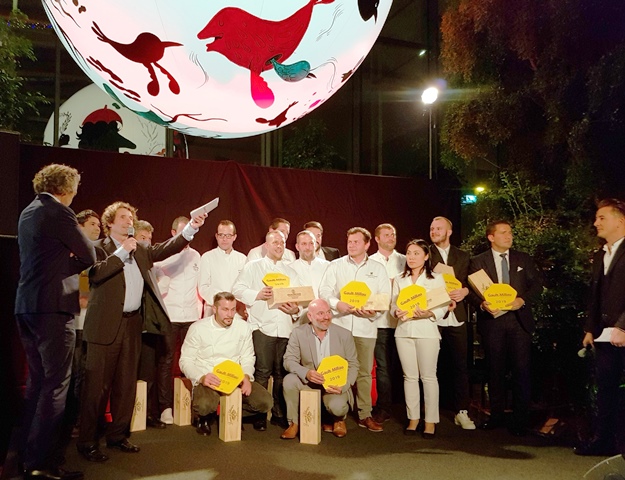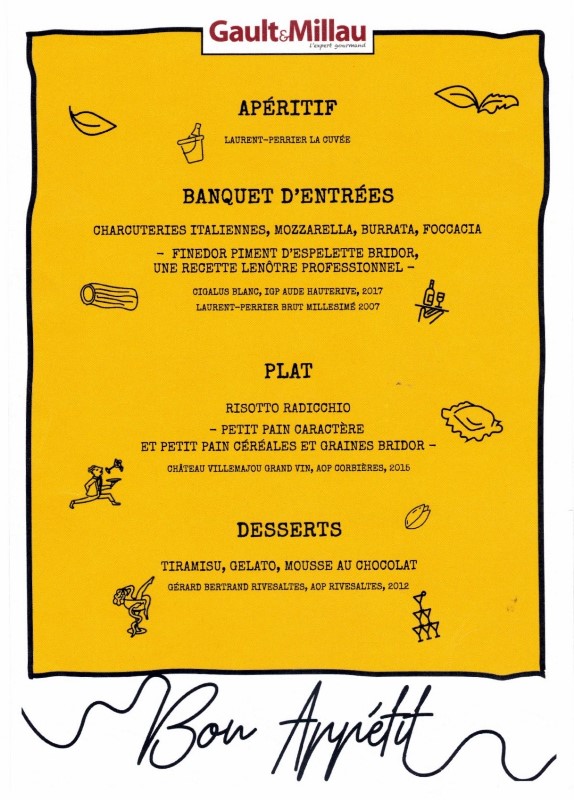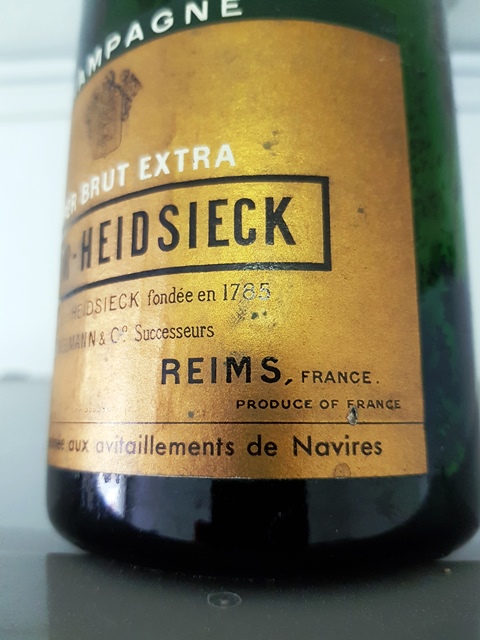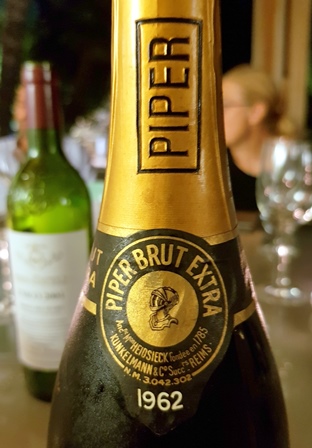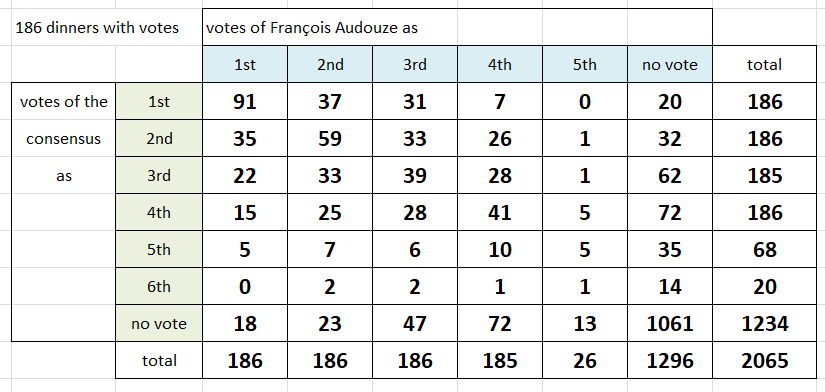La parution d’un nouveau millésime du guide Gault & Millau est toujours l’occasion d’une grande fête. Ce soir, c’est le lancement du Gault & Millau 2019. J’ignorais l’existence de la Station F, un immense immeuble parallèle à la Seine dans le 13ème arrondissement. Il sert d’incubateur (c’est comme cela qu’on dit aujourd’hui) à des centaines de start-up. Côme de Chérisey, le dynamique Président de Gault & Millau reçoit à La Felicita, un immense restaurant, plusieurs centaines d’invités, probablement entre six cents et mille selon la police ou les organisateurs. Le seul dress code imposé s’applique aux chefs qui doivent venir en vestes de cuisine.
Dans les allées, on croise la fine fleur de la cuisine française et je salue Guy Savoy, Georges Blanc, Christophe Bacquié et bien d’autres. Il y a tous les métiers de bouche qui sont représentés, de tous âges. Ce qui me plait dans l’approche de Côme de Chérizey, c’est qu’il n’est pas un spectateur mais un acteur. Il est même un facilitateur. Il fait se féconder les approches de différents métiers. Il sait aussi, avec ses équipes, dénicher les talents de demain, les orienter et les aider. Il joue donc un rôle très actif qui lui vaut d’être apprécié et remercié par toute la profession. Dans les très nombreux speechs, il y en a de trois sortes : les nominations ou récompenses, les propos commerciaux des sponsors, et les remerciements émouvants des primés et récompensés. L’enthousiasme qui se sent est très réconfortant.
Dans des versions précédentes il y avait un long apéritif debout qui permettait de parler avec tout le monde. Du fait du nombre, on nous demande de nous asseoir à la table qui nous est assignée ce qui fait que l’on parle surtout avec le petit cercle de sa table. Le repas d’inspiration italienne ne me semble pas du niveau de ce que pourraient imaginer les talentueux chefs présents, mais il est difficile de faire mieux pour tant de monde : charcuteries italiennes, mozzarella, burrata, foccacia, finedor piment d’espelette bridor (recette de Lenôtre professionnel) / risotto radicchio, petit pain caractère et petit pain céréales et graines bridor / tiramisu, gelato, mousse au chocolat.
Je n’ai pas pris les vins prévus, et n’ai bu que les champagnes. Le Champagne Laurent-Perrier La Cuvée non millésimé est très agréable dans cette atmosphère et a bien accompagné les cochonnailles. Le Champagne Laurent-Perrier Brut Millésimé 2007 a beaucoup de fraîcheur et une tension qui convient bien au contexte. Le risotto réussi pour autant de personne, c’est une prouesse.
Le guide Michelin a sa philosophie qui consacre l’expérience. Le Gault & Millau fait bouger les lignes, intervient, soutient et suggère. L’existence de ces deux approches est importante pour les consommateurs de bonne cuisine et de lieux attachants. Vive les guides !
ça swingue au restaurant La Felicita !
des écrans permettent de voir ce qui se passe
les lauréats

